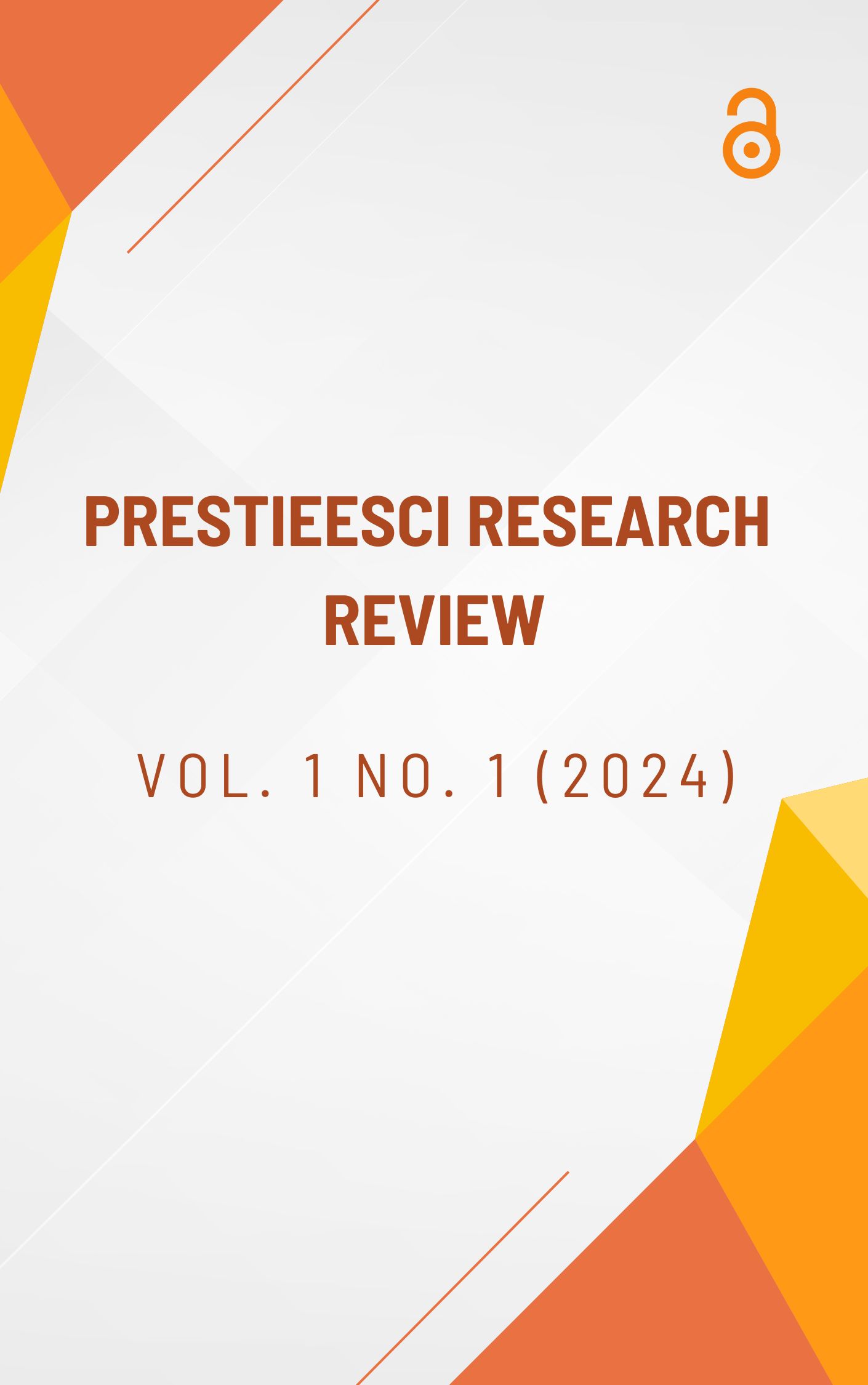SUPERIOR AND LIGHTWEIGHT CONCRETE: A STUDY OF PROPERTIES AND APPLICATIONS IN SUSTAINABLE CONSTRUCTION
Abstract
Using citation-context in combination with the paper's content model, we provide a summary of innovations in sustainable construction that covers studying the fundamentals and applications of lightweight and high-performance concrete. Previous attempts to leverage citations to generate scientific summaries failed miserably due to the omission of key context, rendering the summaries ineffective. Most of our methods are generic, so they may be applied to other domains, even if the dataset we use for assessment comes from the construction industry. Innovations in sustainable building are now at a crossroads; they must help the world thrive while also lessening their impact on the environment. Here we are at a crossroads where the construction industry must choose between helping the world thrive and damaging the environment. A potential solution to this issue might be the use of high-performance, lightweight concrete. This material enhances the sustainability of construction processes while significantly reducing the carbon footprint. This research delves at the potential consequences of the urgent demand for environmentally friendly alternatives to current construction methods. It highlights the advantages of high-performance plus lightweight concrete, including its reduced carbon emissions, improved thermal insulation, less weight, and higher versatility. Notable projects such as the 3D-printed concrete bridge in Amsterdam and the Bosco Vertical in Milan have used these state-of-the-art materials, demonstrating their capacity to advance sustainable construction practices. According to the study's findings, the construction industry has to invest in research, get regulatory support, educate itself, and involve stakeholders if they want to fully embrace this technology. Development and environmental care may coexist thanks to this study. Standard construction practices have a major effect on the environment. The production of concrete, a crucial material in construction, is one of the main contributors to climate change. The debris that construction sites generate may also have an impact on local ecosystems. The sector's heavy reliance on sand, gravel, and timber as raw materials is causing these resources to be depleted. Practices that are environmentally friendly are essential if we want these resources to be available for future generations. As a result of urbanisation, the need for new is on the rise around the globe. The construction sector has an increasing and pressing need to reduce its environmental effect without sacrificing worldwide development. The use of high-performance, lightweight concrete has revolutionised the battle for environmentally conscious construction methods. Since this material boosts durability, minimises carbon emissions, and has many other applications, it will significantly lessen the environmental impact of constructing with it. In its quest to strike a balance between growth and environmental responsibility, the sector must embrace such developments if it is to make the transition to a more sustainable future. Education, collaboration, regulatory support, and research may all contribute to the construction industry's capacity for sustainable growth.




